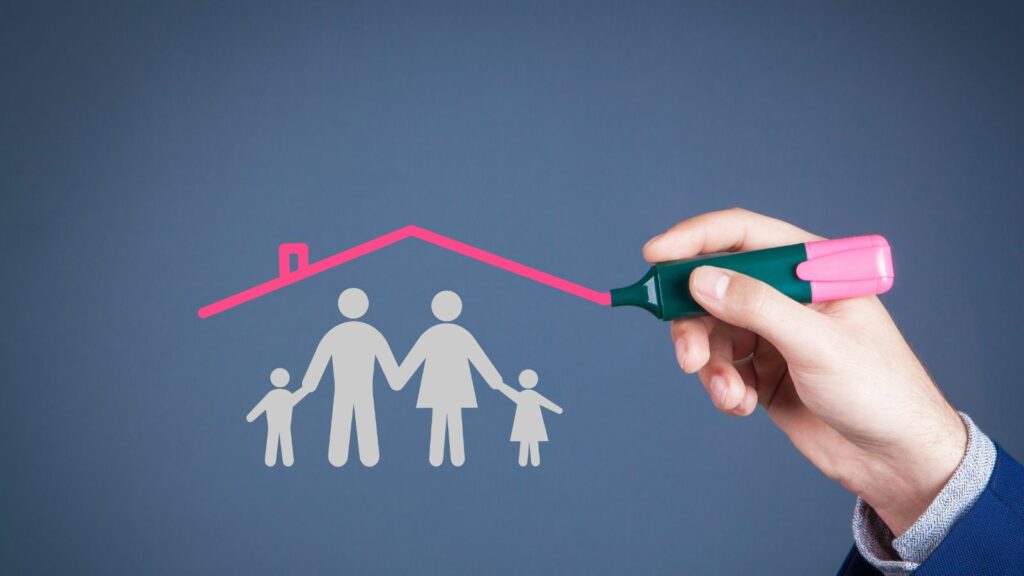The Great Depression, a time of severe economic downturn, left an indelible mark on American history. Yet, beyond the breadlines and jobless statistics, there was another narrative unfolding – the story of family life during this challenging era.
Families had to adapt and find resilience in the face of poverty and uncertainty. From makeshift homes in Hoovervilles to communal meals, family dynamics shifted dramatically. This article delves into these untold stories, painting a vivid picture of family life during the Great Depression.
Family Life During the Great Depression
To inform the circumstances of family life during this era, a recount of the Great Depression’s background is vital. This period marked a pivotal chapter of history beyond solely economic terms.
The Great Depression’s roots traced back to a stock market crash on October 29, 1929, infamously deemed Black Tuesday. Overconfidence fueled investing, wealth was distributed unevenly, and many banks failed, leading to a decade-long economic hardship on a global scale.
By 1933, it had culminated in an era wrought with nearly 25% unemployment in the United States and severe deflation worldwide. It wasn’t until 1939, when World War II stimulated the economy, that there was any reprieve. Throughout this decade, much of the population led lives of economic uncertainty, with families bearing the brunt of this hardship.
Family Life Before the Great Depression
This section dwells on the lifestyle and economic situation of families before the onset of the Great Depression.
Prior to the 1930s, American families enjoyed a period marked by economic prosperity. The economy exhibited robust growth, boosted by post-WWI recovery, prosperity in industries such as automotive and construction, and increased consumer borrowing. Unemployment rates sat at 5%—significantly lower compared to the 25% peak during the Great Depression.
In these times, a typical family could afford a modest standard of living. For instance, despite some regional disparities, average household income amounted to $1,500 per year—a value sufficient to cover basic needs, own a car, and invest in education.
Social life before the Great Depression bustled with relative stability and growth. The Roaring Twenties, a period characterized by jazz music and a break from traditional norms, saw families engaging actively in community events, social gatherings, and entertainment activities such as movies and dance clubs.
Impact of the Great Depression on Family Life
The Great Depression effectuated great changes in family life due to the harsh economic conditions that prevailed. Carrying forward from the relics of a prosperous era, families now had to confront the realities of profound poverty and deprivation, navigating a dramatic shift in lifestyle and societal norms.
The economic tremors of the Great Depression were unlike any the American families had experienced in the Roaring Twenties. Unemployment soared, reaching a staggering 25% of the workforce by 1933, destabilizing household economies. The median family income dropped from an average of $1,500 per year, recorded at the end of the 1920s, to just $1,160 in 1933. This dramatic decrease in income forced families to make drastic adjustments to their lifestyle and consumption patterns to survive the crippling economic downturn.
Adjustment in Nutritional Habits and Diet
In response to these adverse economic conditions, families made significant adjustments in their nutritional habits and diets. Many households had to forgo fresh produce and meat, instead relying on cheaper foodstuffs, such as beans, rice, bread, and canned goods. Communal meals became pervasive in marginalized communities, where resources were pooled to feed large groups. The malaise of malnutrition and hunger was witnessed in American homes, with instances of Pellagra, a disease caused by Vitamin B deficiency, surging significantly during this period.




